This article describes the various types of meters used in troubleshooting electrical equipment. As part of day-to-day activities, we require various meters that are used to troubleshoot issues related to electrical equipment.
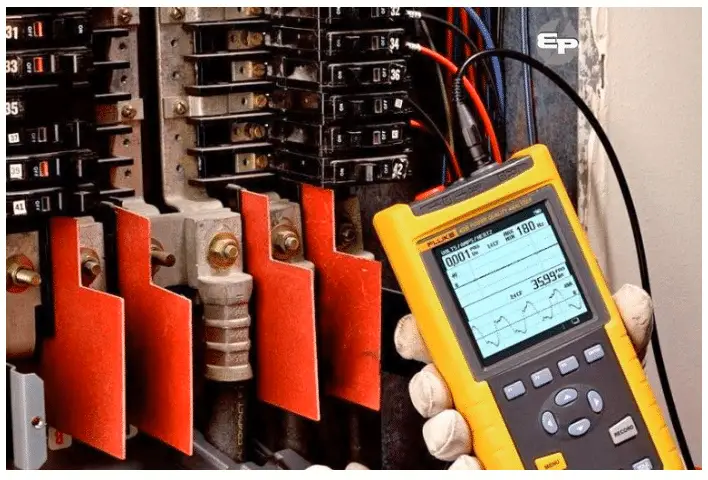
Clamp-on Ammeter
It is a measurement tool that allows us to know the nature of the current flowing in an electrical circuit. It is also known as Tong tester. Without disconnecting power in a circuit, by clamp-on, a high-value current in a cable can be measured.
The measured reading can be held up after measurement. This Hall Effect sensor is intended to detect variations in current in a conductor.
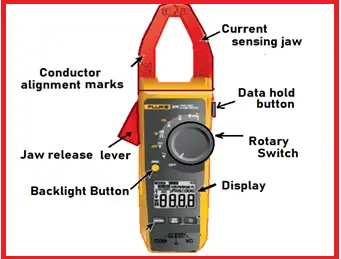
Oscilloscope
Oscilloscopes make it possible to visualize and measure the variations of a voltage over time, which allows us to determine the elementary pattern of a periodic voltage. Determine the period of a periodic voltage from its elementary pattern. Also to determine the maximum voltage and the minimum voltage.
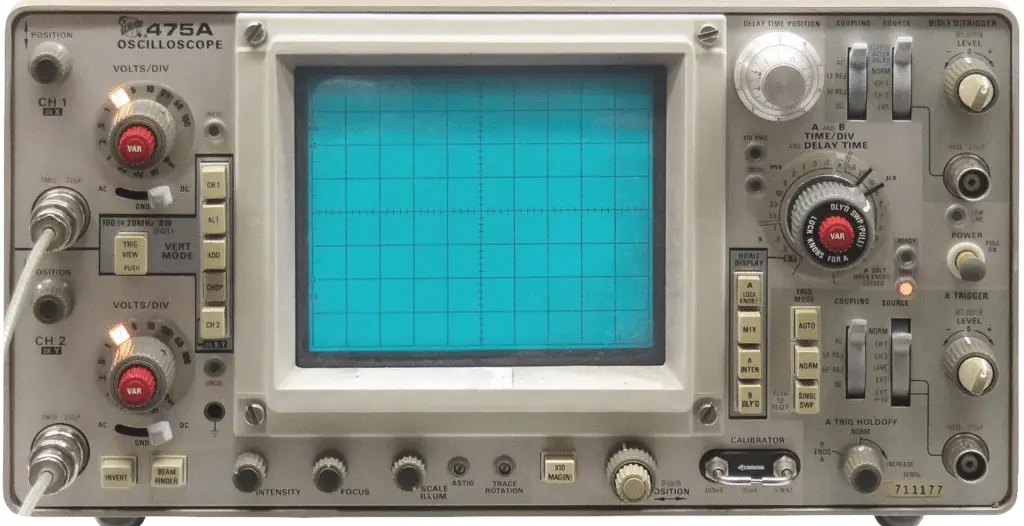
The oscilloscope displays in its center a luminous spot called a spot.
The spot deviates upwards if the measured voltage is positive and downwards if the voltage is negative. The deviation is then proportional to the voltage.
Continuity tester
A continuity tester is an electrical tool that quickly determines the presence of shorts or opens in all types of electrical devices and controls. It consists of an indicator that is connected in series with a power source and two test probes.

Electricity requires a continuous path to function and tests circuit continuity without power. A bulb in the handle lights up when the circuit is complete. Some testers comprise only audible buzzers (beeps).
Insulation tester– Troubleshooting Tool for Electrical equipment
Insulation resistance (IR) tests better known as Megger tests, are particularly useful for detecting short circuits in low-voltage cables (2 kV and below).
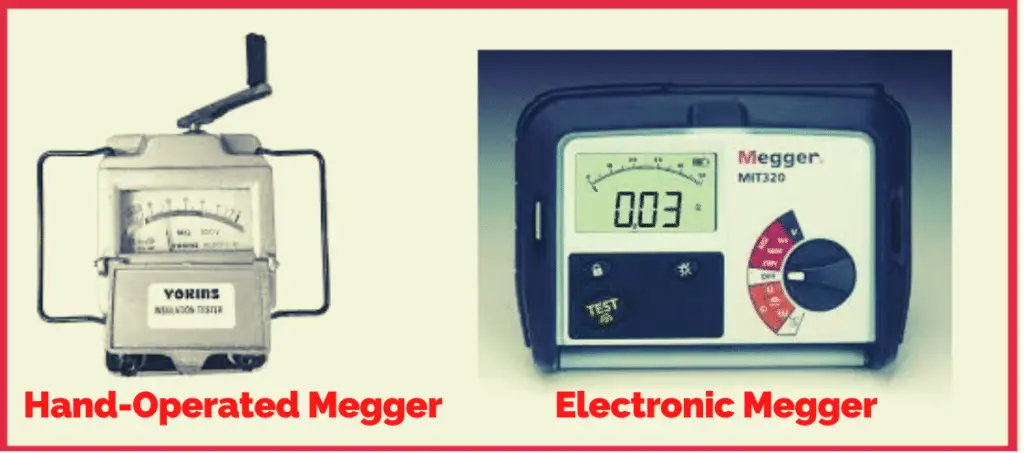
The measurements obtained during IR tests on non-shielded cables without metallic sheaths depend on the environment. Because it is the environment that determines the characteristics of the return circuit. With an insulation tester, we can also calculate the PI & DAR of insulation. The insulation resistance tester is a very important meter for troubleshooting electrical equipment.
LCR Meter– Troubleshooting Tool for Electrical equipment
An LCR meter is an instrument used to measure the inductance, capacitance, and resistance of a component, sensor, or another device whose operation depends on capacitance, inductance, or resistance.
Digital LCRs measure the current (I) flowing through a device under test, the voltage (V) across the device under test, and the phase angle φ between the measured V and I. These three measurements allow the calculation of all impedance parameters. As shown above picture, typical LCR meters have a four-terminal Kelvin connection for connecting to the device under test. The Kelvin connection minimizes errors due to wiring and connection to the device being tested.

LCR meters are available handheld to the benchtop.
The advantages of portable LCRs include their being lightweight, portability, and battery-powered.
Benchtop LCR meters typically offer more features than handheld devices, such as programmable frequencies, better measurement accuracy, computer control, and data collection for automated applications.
LCR meter is widely used for troubleshooting problems of the induction motor.
Multimeter– Troubleshooting Tool for Electrical equipment
A multimeter often referred to as a universal tester or a test meter allows us to perform several types of electrical measurements with a single device. It most often fulfills the role of a Voltmeter, Ammeter, and Ohmmeter. We can also test a diode with a multimeter.
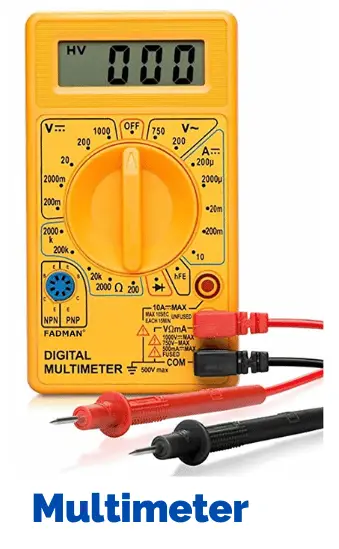
Indeed, it is used to measure the voltage of current whether it is a direct current or an alternating current, to test electrical resistances or electrical components, and also to measure low-intensity currents which power the circuits. Finally, it is commonly used in the context of checking the proper functioning of every electrical equipment.
Ohmmeter–Troubleshooting Tool for Electrical equipment
With the help of an ohmmeter, the resistance of a load can be measured, it looks just like a multimeter. Generally, it is used in electronics or the troubleshooting of electrical work. The device measures electrical current in ohms and helps to identify electrical problems in the workplace. The ohm is the unit for resistance and measures resistance in electrical/electronic circuits.
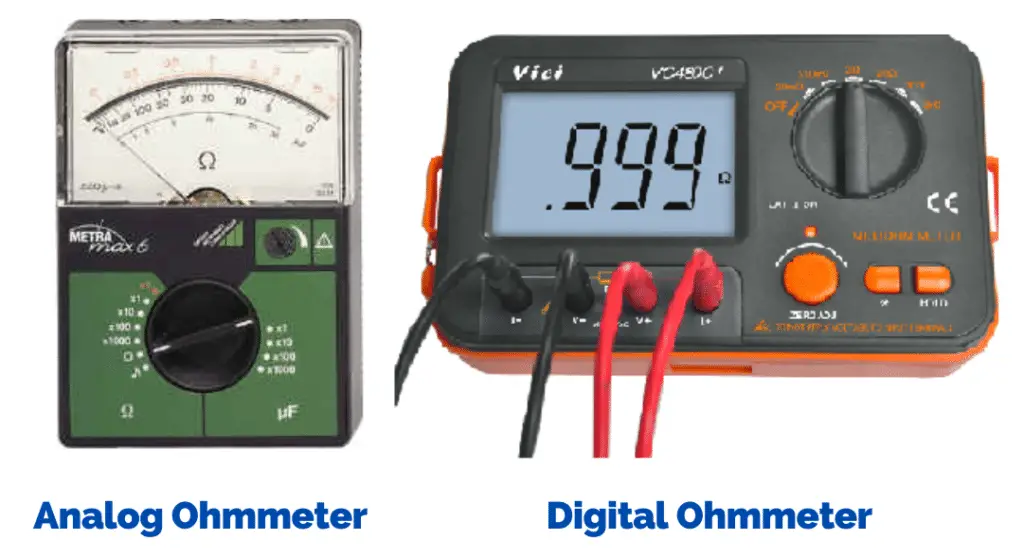
Often the ohmmeter is used to test electronic circuits, motors, also fuse, ovens, and iron boxes. In addition to checking for short circuits and electrical leakages, it can also check for electrical leaks. The continuous beep sound indicates the current passage, hence continuity.
Wattmeter
A wattmeter is an electrical device that measures the electrical power drawn at any time by an electrical bulb, motor, or electrical/electronic equipment. Power is measured in a unit called watts (W) and displays the amount of electrical energy consumed continuously or at certain time intervals.
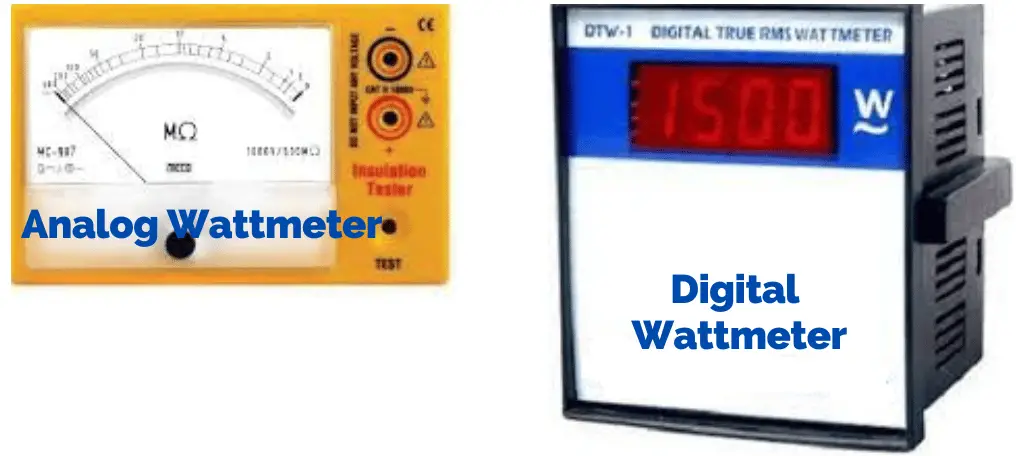
Watt meters are capable of detecting the low powers of the order of 1 to 5 watts that many electrical and electronic devices as well as certain lamps with a transformer or dimmer-draw even when they are extinct (hidden consumption). There is usually a threshold below which watt meters indicate “zero watts”, even when the appliance or lamp is drawing a few watts.
Frequency meter
A frequency meter is an electronic device used to measure frequency, counting the number of repetitions of a wave at the same position in a time interval. It is by using a counter that accumulates the number of periods. Its measurement is straightforward.
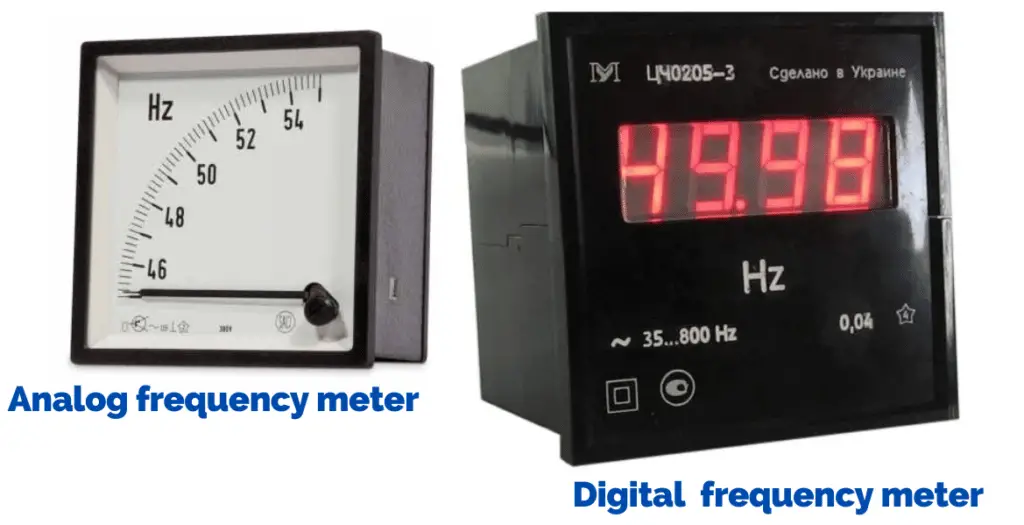
The result is measured in Hertz (Hz). The counted value is indicated on a display and counter resets to zero, to begin accumulating the next sample period.
Q-meter
Q-meter is widely used in the laboratory for testing radio frequency (RF) coils, inductors, and capacitors.
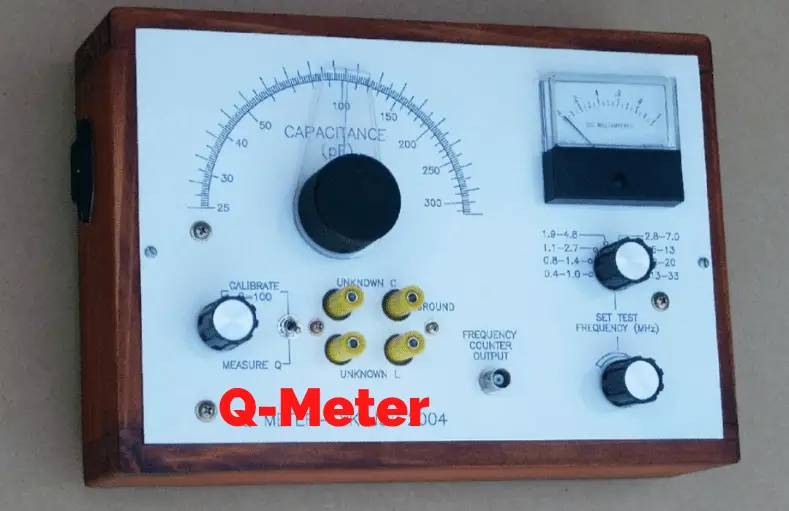
The storage factor Q is defined as the product of resonant frequency (ω0) and inductance ( L) divided by the effective resistance of the coil. I.e. Q = ω0 L/R. The valve of resonant frequency is used to determine the effective resistance (R) of the coil.
Spectrum analyzer
Among the many electronic measuring instruments, some are known to be true technological gems. This is the case with spectrum analyzers. It is widely used for troubleshooting problems in electrical equipment. There are very different ones for multiple applications. A spectrum analyzer is a type of device that is widely used in the world of electronic measurement. Such a tool makes it possible to measure the voltage of electrical signals in the frequency domain.
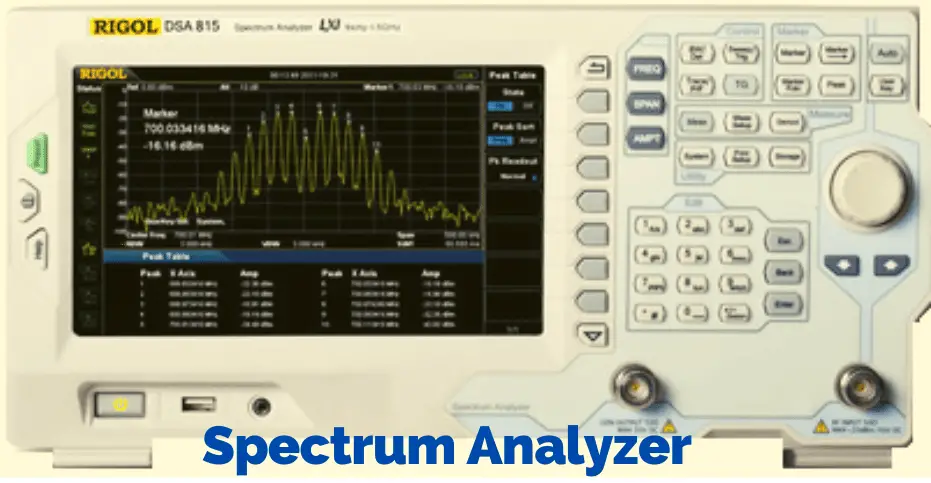
Depending on the analyzers, the measurements range from tenths of Hz to hundreds of GHz, which provides a large amplitude. Single-phase or three-phase 1, 2, 3, or 4 channels, number of modules. All that remains is to choose the device that will perfectly suit our needs.
Voltmeter– Troubleshooting Tool for Electrical equipment
A voltmeter is an electrical measuring device, primarily used for measuring the voltage in electrical circuits.
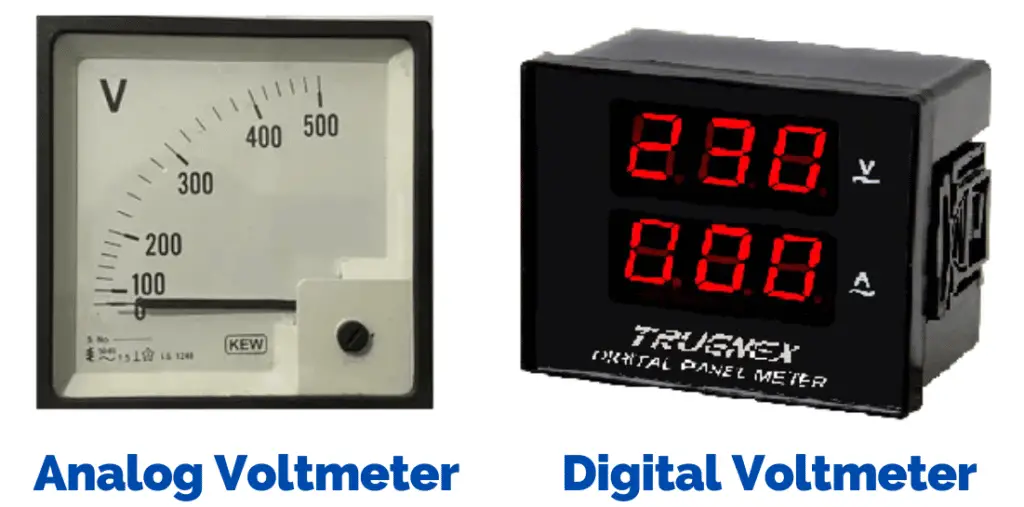
A voltmeter, however, is designed to measure the difference in electric potential between the two poles. More concretely, the voltmeter is used to determine the voltage (V) between the two points.
Ammeter
An ammeter is used to measure the current in the circuit. It is connected in a series of circuits.
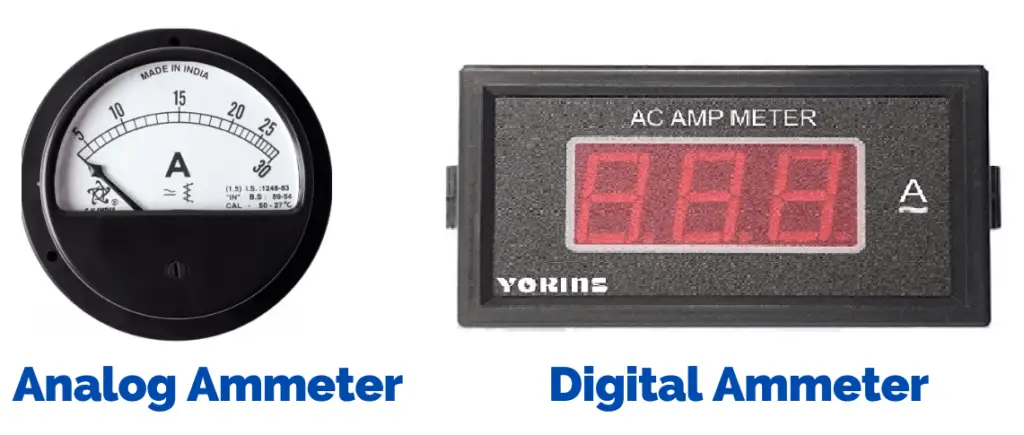
It has a very low resistance and when connected in the series with the circuit does not cause much voltage drop.
Dip Meter
The dip meter is widely used to build, repair, and adjust RF equipment such as radio, television, RF transmitter, and receiver.
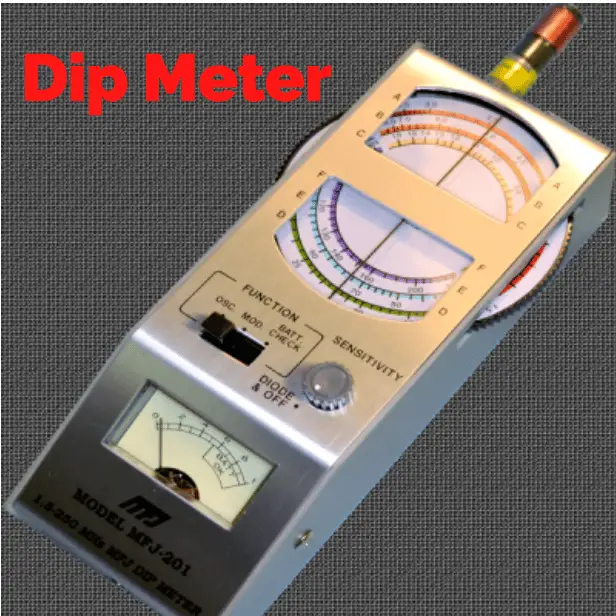
A dip meter has an oscillator that can be tuned over a wide range of frequencies. It measures the amount of absorption in a high-frequency circuit coupled because of the magnetic fields in the vicinity.
Logic Level Probe Tester
The logic probe is used to check the level of the digital signal. The LED indications on the probe indicate whether the voltage level is LOW or HIGH. It is a low-cost digital tester.
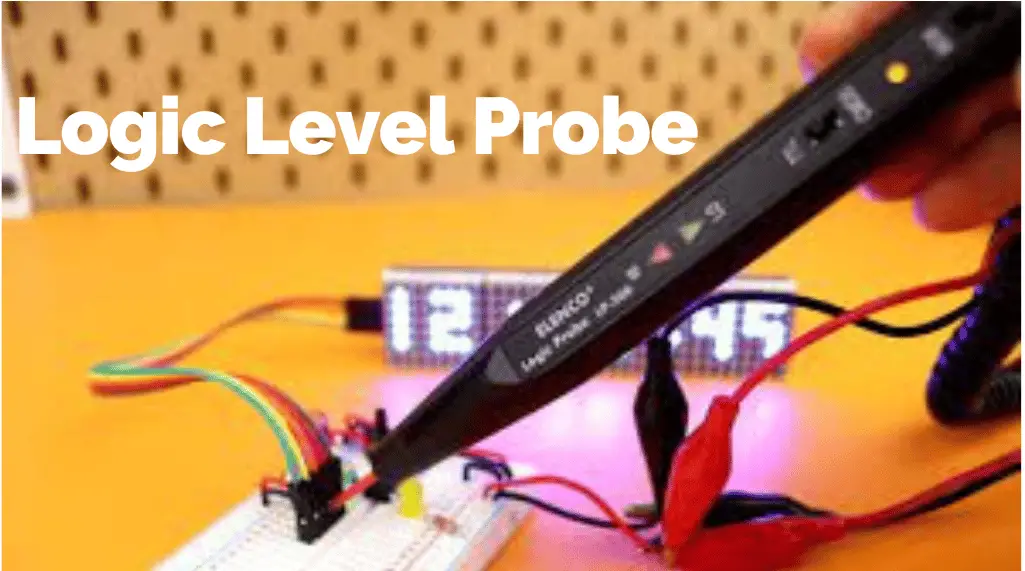
A logic probe tester is a handy tool for troubleshooting digital circuits.
This is all about the meters used for troubleshooting electrical equipment.
